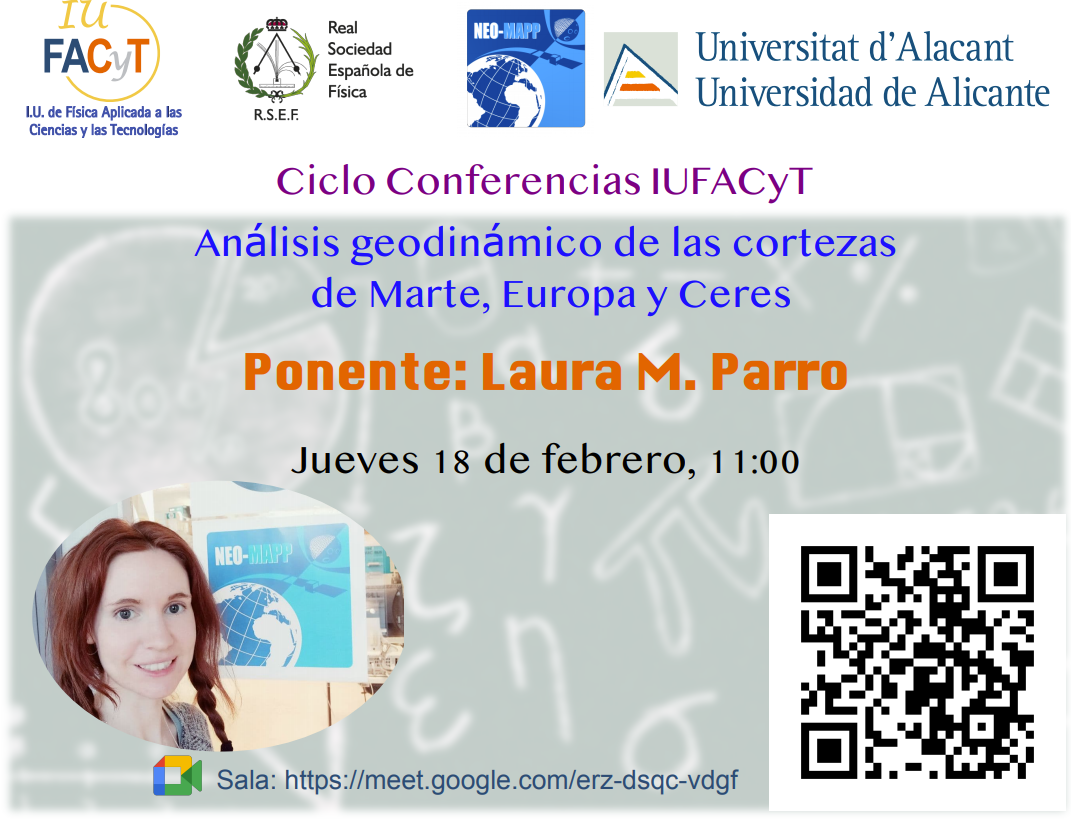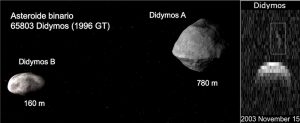(Estructura interna de agregados gravitacionales de asteroides)
Adriano Campo Bagatin, Rafael A. Alemañ, Paula G. Benavidez, Dereck C. Richardson
La mayoría de los aficionados a la astronomía sabe de la existencia del llamado Cinturón de Asteroides más allá de Marte, aunque no es tan conocido que la estructura interna de estos pequeños objetos siderales sigue siendo fundamentalmente desconocida a causa de la ausencia de mediciones directas. Las principales líneas de investigación sobre este tema sobre este tema provienen de consideraciones teóricas y de la comparación entre las densidades aparentes medidas de los asteroides y las correspondientes densidades de los análogos meteoríticos (fragmentos asteroidales que llegan a nosotros como restos de meteoritos).
Una gran cantidad de los cuerpos que forman el Cinturón de Asteroides se halla constituida por agregados de fragmentos con una amplia variedad de tamaños y formas, lo que resulta muy diferente de la imagen popular de los asteroides como bloques monolíticos, es decir, rocas de una pieza. A consecuencia de ello, la distribución de fragmentos y de los huecos entre ellos en un agregado gravitacional (cúmulo de fragmentos que se mantiene unido por la atracción gravitacional mutua de todos ellos) determina la estructura y propiedades de dichos objetos. En este artículo se estudia la evolución dinámica del proceso de reacumulación de los fragmentos creados en colisiones catastróficas (capaces de destruir el asteroide original por completo) para asteroides en el rango de 500 m y10 km. Este estudio se llevó a cabo gracias a simulaciones numéricas ejecutadas mediante programa informáticos específicamente diseñados para ello. En el curso de esta investigación se puso un especial cuidado en considerar formas irregulares para los componentes de estos agregados, aprovechando los resultados de experimentos de laboratorio que proporcionan distribuciones de masa relativas y relaciones de aspecto (proporciones relativas de los ejes de elipsoides que remedan hasta cierto punto la irregularidad de las formas reales) para las formas de los fragmentos.
Las conclusiones obtenidas indican que los procesos que determinan las propiedades finales de los agregados resultantes –al finalizar la reacumulación de los fragmentos inicialmente dispersados por un impacto catastrófico sobre el asteroide original– son principalmente estocásticos, a pesar de lo cual se pueden identificar patrones interesantes. Para mayor claridad disnguimos entre el tipo asteroidal S (el silicio es su componente mayoritario) y C (predomina el carbono en su composición), así como también diferenciamos la macroporosidad (proporción de huecos entre los fragmentos que forman el agregado gravitacional) y la microporosidad (la porosidad referida a la estructura interna de cada uno de tales fragmentos).
Los resultados numéricos de este estudio coinciden con las macro-porosidades estimadas de los asteroides de tipo S y se encuentra una relación aproximadamente lineal entre la macro-prorosidad de los agregados de asteroides y el cociente de masa del fragmento más grande entre la masa del agregado completo (para ambos tipos, S y C).
En cuanto a los asteroides de tipo C observados, se concluye que sus interiores deben estar más fragmentados que en el caso de los asteroides de tipo S, lo que explicaría la diferencia en la macro porosidad estimada de los asteroides de C reales con respecto a los tipos de S. También se encuentra que los asteroides que giran con más lentitud pueden aparecer espontáneamente como producto de la reacumulación gravitacional.
Link to the article
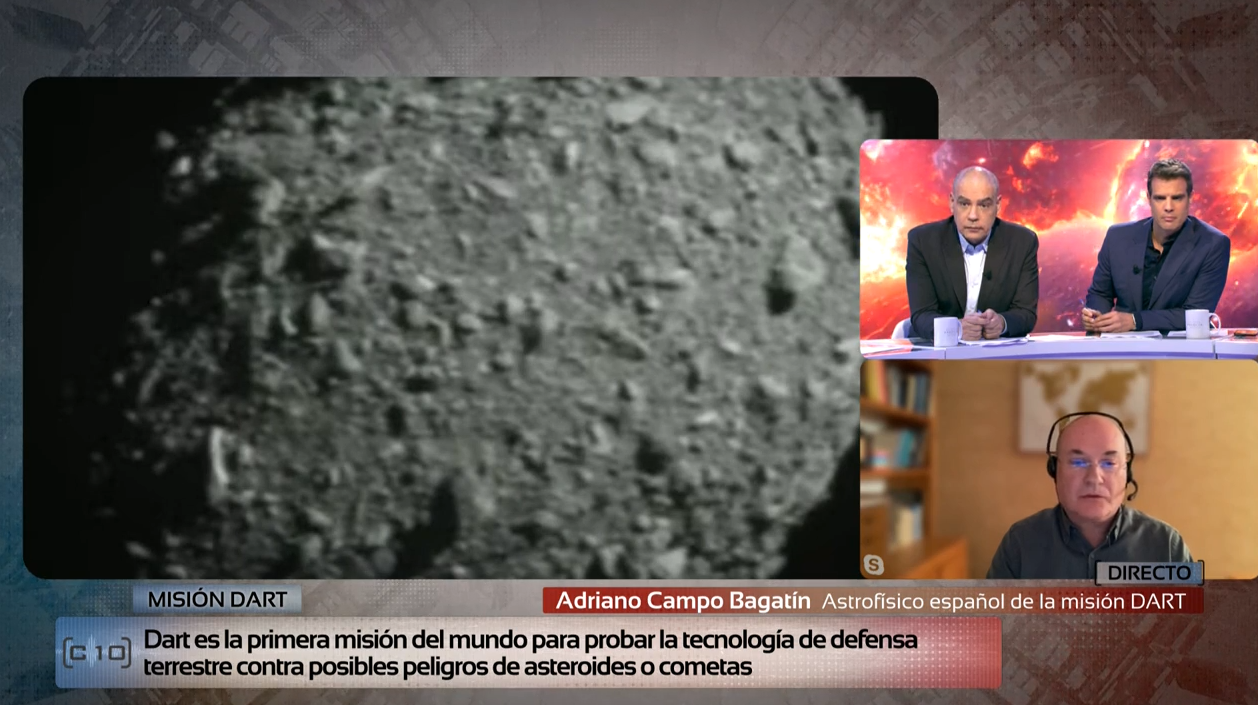
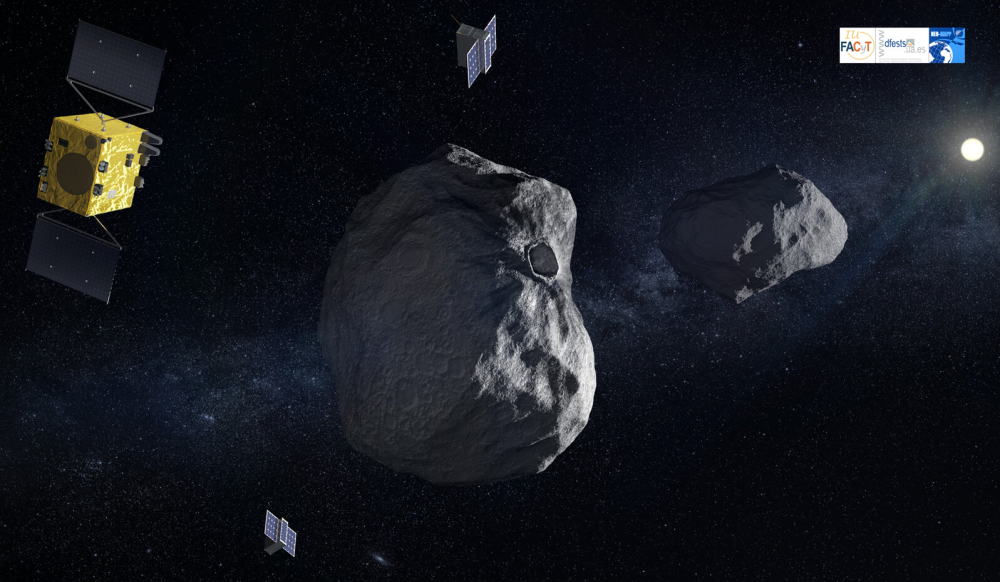
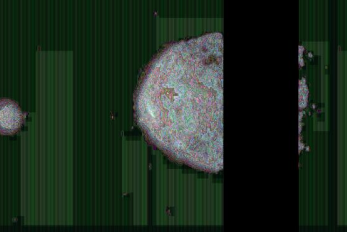
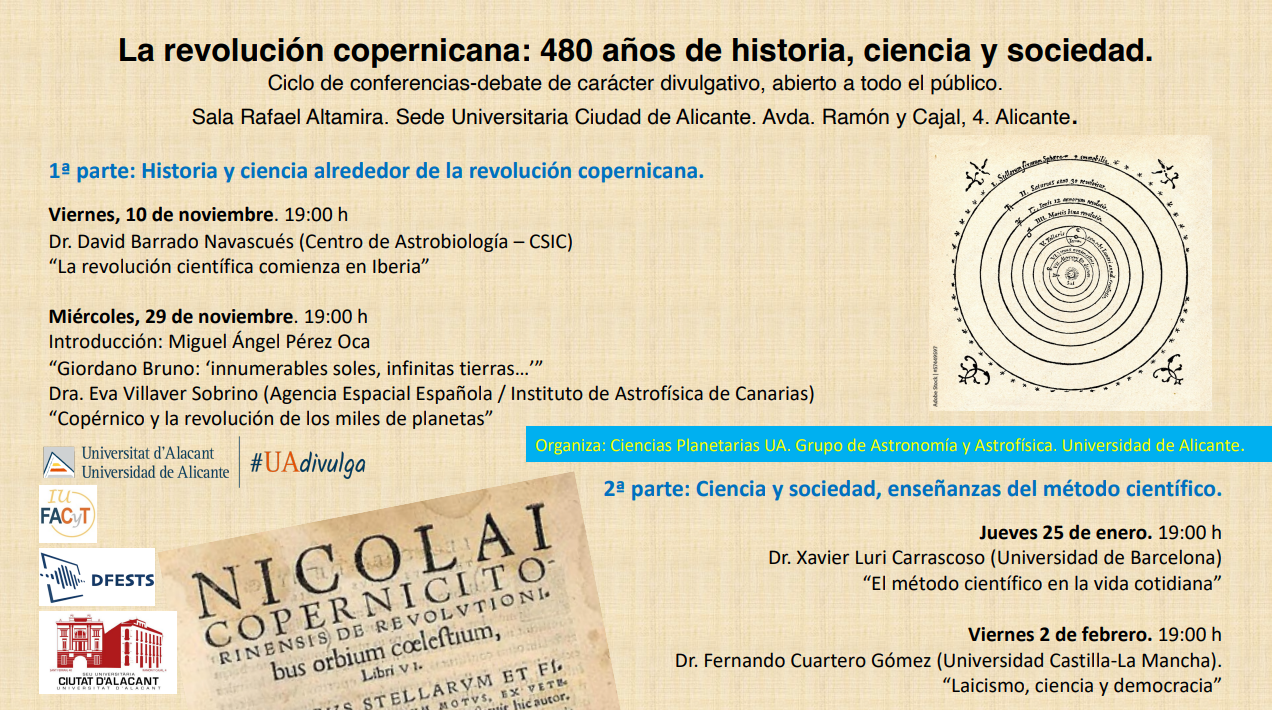 Coinciding with the 480th anniversary of the publication of De revolutionibus orbium coelestium (On the revolutions of the celestial orbs) by Nicolás Copernicus, the University of Alicante (UA) presents the lecture series The Copernican revolution: 480 years of history, science and society . With this work, the polish astronomer began a time of questioning medieval thought installed in European culture with his heliocentric theory, where the revolves in orbit around the Sun.
Coinciding with the 480th anniversary of the publication of De revolutionibus orbium coelestium (On the revolutions of the celestial orbs) by Nicolás Copernicus, the University of Alicante (UA) presents the lecture series The Copernican revolution: 480 years of history, science and society . With this work, the polish astronomer began a time of questioning medieval thought installed in European culture with his heliocentric theory, where the revolves in orbit around the Sun.